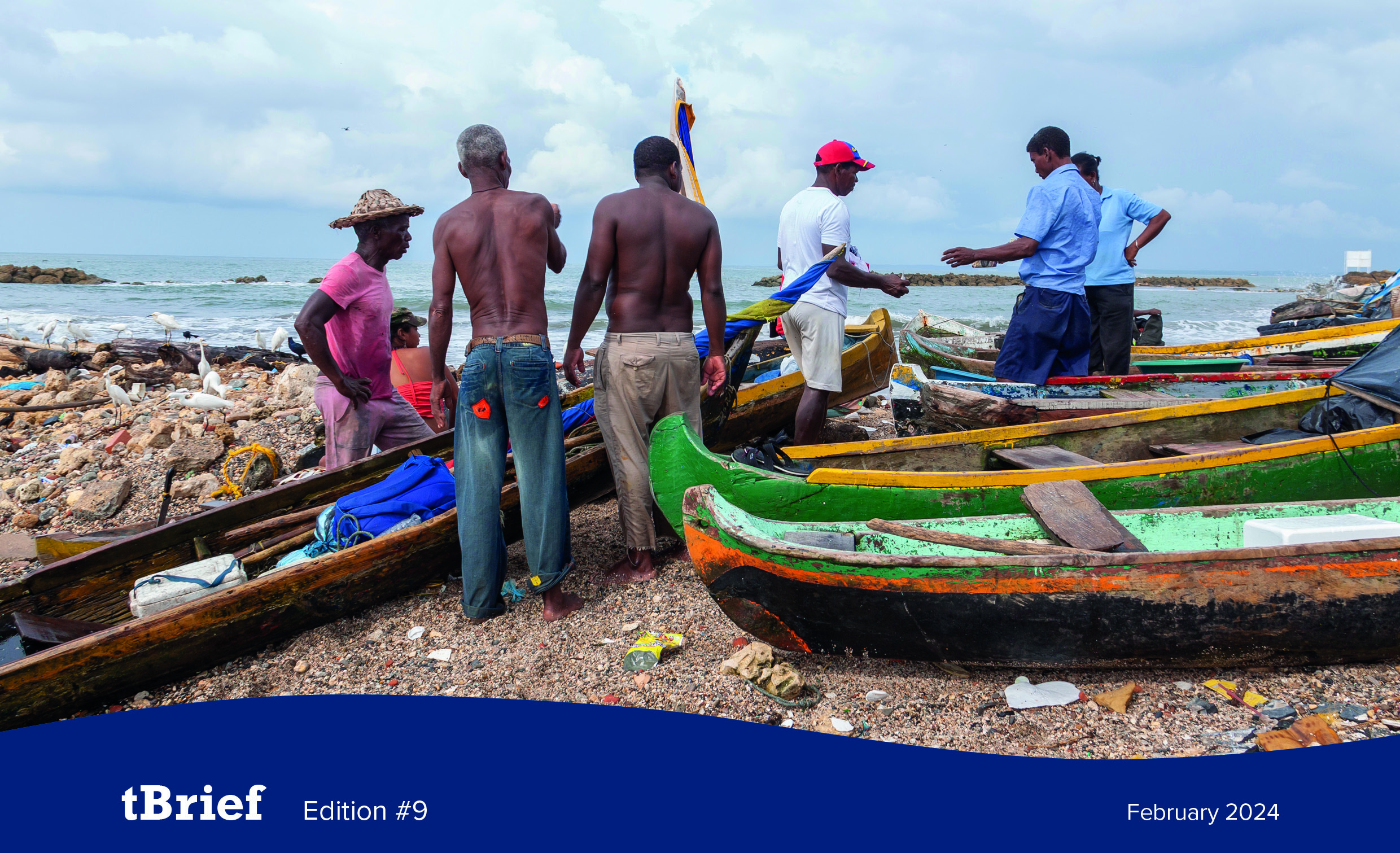tBrief #09 – From transparency to participation: An elusive relationship?

Intuitively, we understand that government transparency is a requirement for effective participation. But why is participation important for fisheries governance? And if transparency can improve participation, what kind of participation should we be aiming for?
In our latest transparency brief (‘tBrief’), we attempt to answer these questions and unravel the sometimes vague and often elusive relationship between transparency and participation.
Why? Because interest in government transparency in fisheries is growing, and it carries with it an implicit expectation: that transparency will improve fisheries management through greater participation. After all, participation is considered one of the most important aspects of sustainable fisheries management.
But can transparency alone catalyse strong participation? Despite the prevalence of ‘access to information’ laws, civic engagement seems to be getting worse, and making information publicly available can still fail to generate thoughtful public debates. Additionally, governments can also remain resistant to public inclusion in decision-making processes, despite commitments to transparency.
So, when does transparency work to improve participation, when does it fail, and what needs to change? Understanding these challenges requires distinguishing current approaches to participation, and untangling when and why participation occurs in fisheries, and who participates.
Likewise, participation in fisheries is complex, and there is confusion surrounding how this is done, and what are the failures of participation? Our tBrief argues that this is often due to tokenized, superficial inclusion, where stakeholders still lack sufficient influence over decisions, or simply through a disorganized and ineffectual approach to inclusion. Similarly, engineering participation can actually lead to the exclusion of certain participants, and in the end, successful participation still relies, in part, on the efforts of participants themselves.
So, if participation is this difficult to get right, is it still worth it?
Within this tBrief we address these important aspects of how transparency in fisheries can strengthen participation in fisheries management. We also cover briefly an example of our own pilot project to enhance fisheries participation in Seychelles and Madagascar – beyond the act of publishing information alone. Through a partnership with People Powered, a global hub for participatory democracy, the FiTI is working to leverage participation to enable the National Multi-Stakeholder Groups of each country to provide actionable recommendations to their governments.
We hope that you enjoy reading this tBrief. If you have any comments, questions or suggestions, please contact us.
You can download this tBrief in the following four languages:
This publication is funded by the Gordon and Betty Moore Foundation.
Interested in learning more? Past editions can be found on our tBriefs page.
